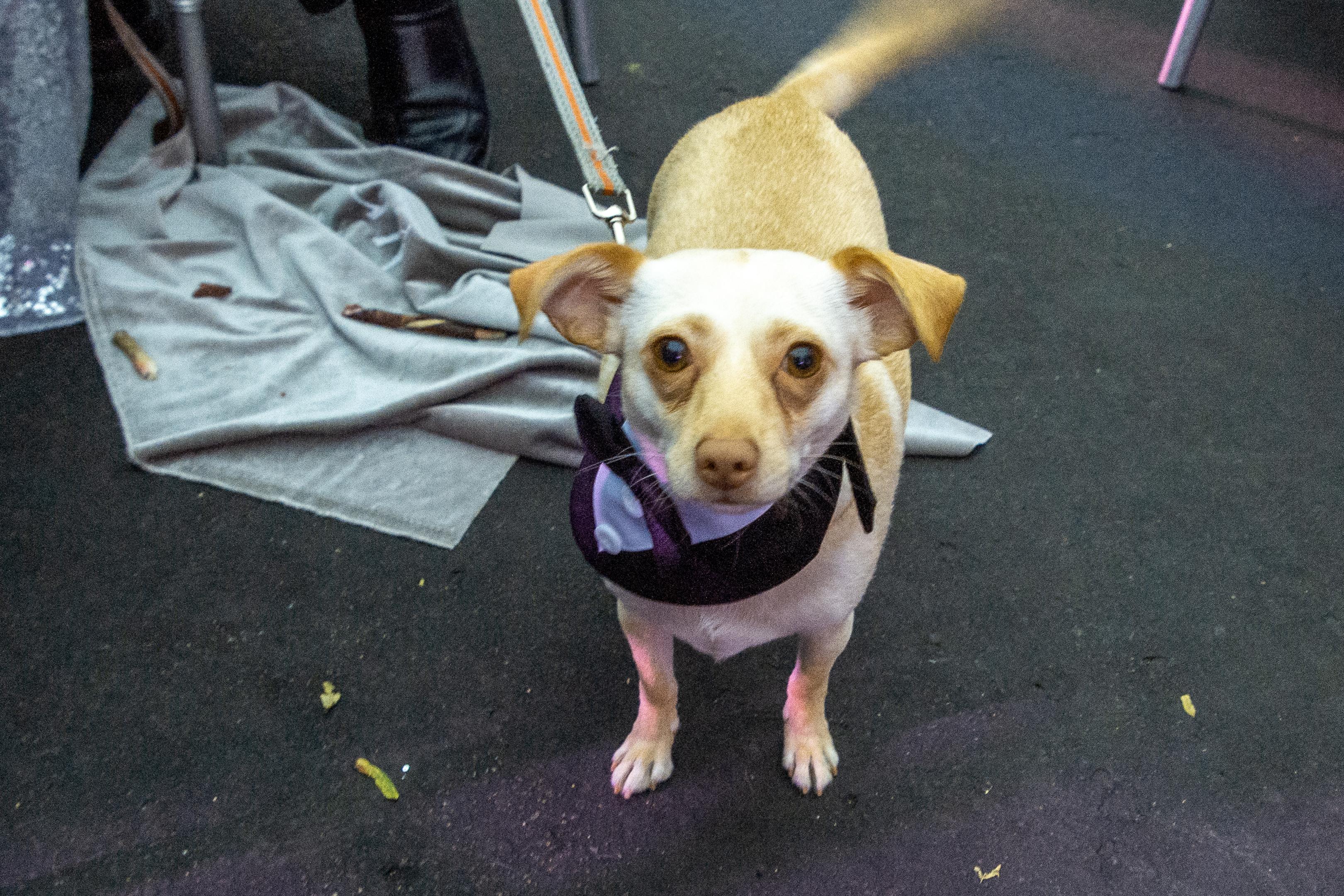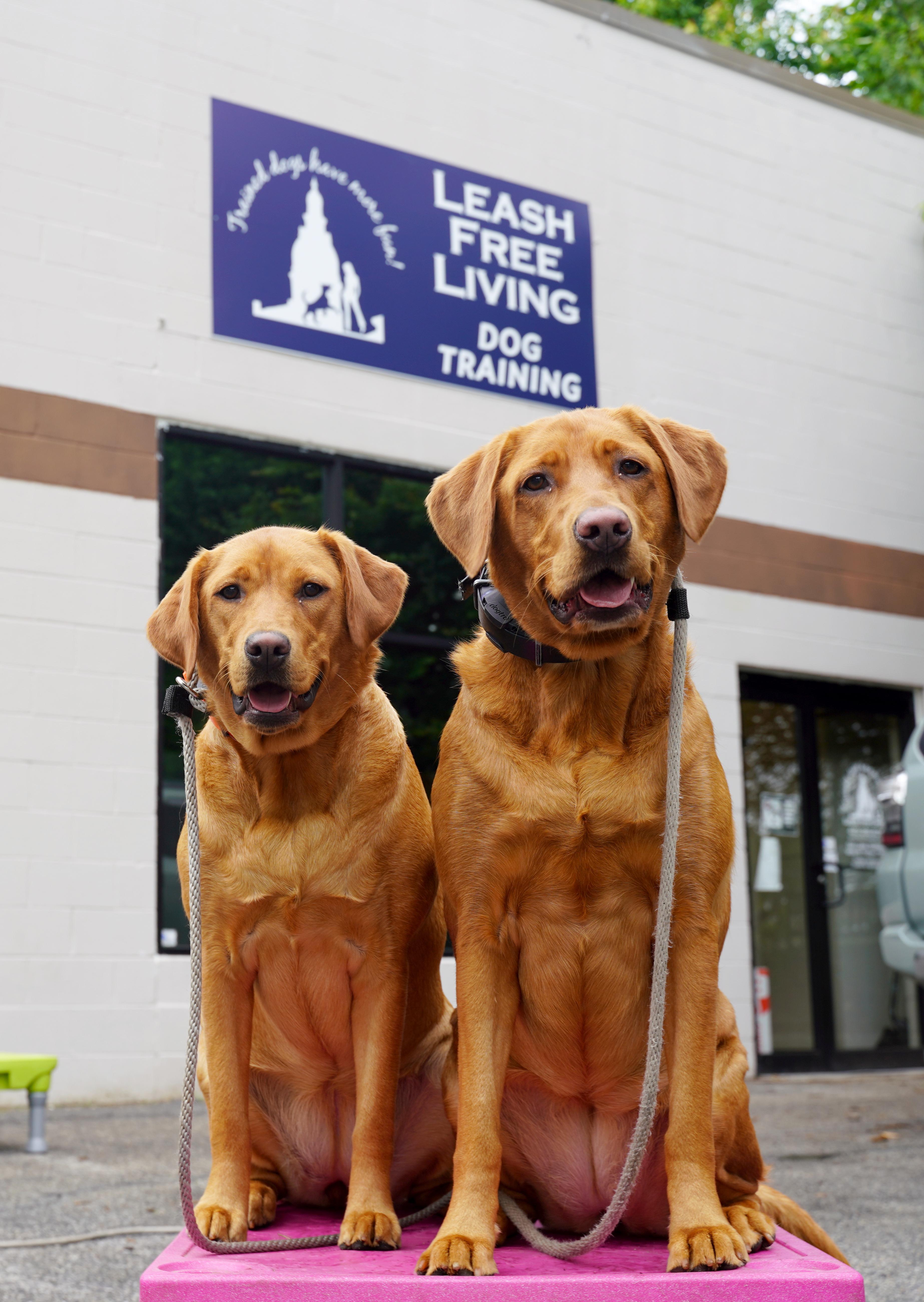Walking your dog should be a delightful experience for both you and your furry friend, yet for many pet owners, it can feel more like a tug-of-war than a leisurely stroll. If you’ve ever found yourself tangled in a leash or chasing after your exuberant pup, you’re not alone. Welcome to ””—your comprehensive guide to transforming those chaotic outings into calm, enjoyable walks. In this article, we’ll explore the fundamental techniques and tips for effective leash training, ensuring that every walk is a positive experience. Whether you’re a first-time dog owner or looking to refine your skills, this guide will equip you with the knowledge and confidence to walk your dog with ease. Let’s embark on this journey together and make every step a joyful one.
Choosing the Right Leash and Collar for Your Dog
When embarking on the journey of leash training your dog, selecting the appropriate leash and collar is paramount to ensuring a comfortable and effective walking experience. Collars come in various styles, each serving a unique purpose. A flat collar is a popular choice for everyday use, offering simplicity and ease of use. For dogs prone to pulling, a martingale collar provides gentle control without the risk of choking. If your furry friend is particularly energetic, consider a harness that distributes pressure evenly across the body, reducing strain on the neck.
- Flat Collars: Ideal for well-behaved walkers, available in various materials and designs.
- Martingale Collars: Offer more control for dogs with smaller heads, such as greyhounds.
- Harnesses: Best for dogs that pull, offering support and minimizing neck strain.
In terms of leashes, the right choice depends on your dog’s size, behavior, and your personal preference. A standard nylon or leather leash provides durability and control, while a retractable leash offers more freedom but requires careful handling to prevent tangling. For training purposes, a long line leash can be beneficial, giving your dog space to explore while maintaining control. Remember, the key is to find a combination that keeps both you and your dog comfortable and safe during your adventures together.

Step-by-Step Guide to Introducing the Leash
Introducing a leash to your furry friend is a crucial step in their training journey. Begin by allowing your dog to get familiar with the leash in a comfortable setting. Place the leash on the floor and let them sniff and explore it at their own pace. This will help them associate the leash with positive experiences rather than something to be feared.
Once your dog is comfortable, attach the leash to their collar without attempting to walk them. Let them drag it around the house for short periods while you supervise. This will help them get used to the sensation of having something attached to their collar. Make sure to offer treats and praise to reinforce the positive association. Gradually increase the time they spend with the leash until they seem relaxed and confident.
- Introduce the leash indoors first to minimize distractions.
- Allow plenty of sniffing time to satisfy their curiosity.
- Supervise them at all times to ensure safety.
- Reward with treats for calm behavior.

Effective Techniques for a Stress-Free Walk
Embarking on a walk with your furry friend can be a joyous experience when approached with the right techniques. To ensure a harmonious stroll, start by introducing your dog to the leash in a familiar environment. Allow them to sniff and explore the leash while you offer gentle encouragement. This helps build a positive association with the leash, reducing anxiety during walks. Once your dog is comfortable, practice walking indoors or in a secure area, gradually increasing the distance and duration.
Consistency is key to stress-free walks. Establish a routine by walking at the same time each day, which provides a sense of security and predictability for your dog. During the walk, keep the following in mind:
- Use a calm and assertive energy to guide your dog.
- Avoid pulling on the leash, as it can cause tension and stress.
- Reward positive behavior with treats and praise to reinforce good habits.
- Stay attuned to your dog’s body language to address any discomfort or anxiety promptly.
By adopting these techniques, you and your canine companion can enjoy peaceful, stress-free walks, strengthening your bond with every step.
Troubleshooting Common Leash Training Challenges
Encountering hiccups during leash training is completely normal, but with a bit of patience and persistence, these challenges can be effectively managed. One common issue is pulling on the leash. To tackle this, consider using the “stop and go” technique: when your dog starts to pull, stop walking immediately. Wait until they return to your side or the leash slackens, then continue walking. This teaches them that pulling won’t get them where they want to go faster.
Another frequent challenge is distractions. Dogs are naturally curious, and a passing squirrel or a loud noise can easily divert their attention. To mitigate this, practice in a quiet, low-distraction environment before gradually introducing more stimuli. Carrying treats or a favorite toy can help redirect focus back to you. Additionally, if your dog is prone to lunging at other dogs or people, work on desensitizing them by gradually decreasing the distance to the trigger while rewarding calm behavior. Remember, consistency is key, and celebrating small victories will build your dog’s confidence over time.

